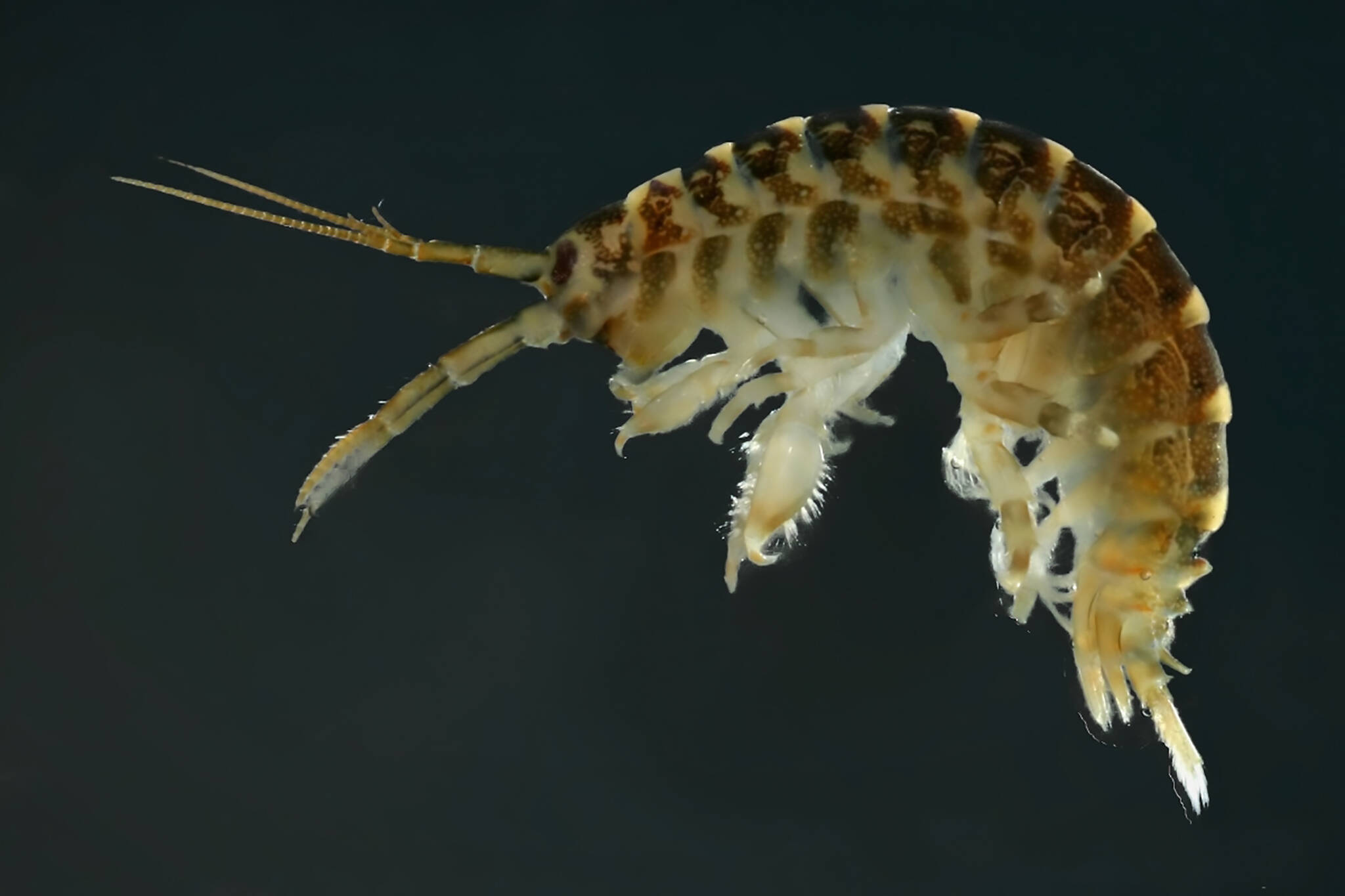
Killer shrimp could be the next terrifying threat to devastate Lake Ontario
The Great Lakes are currently grappling with the menace of invasive parasitic 'vampire fish,' though biologists and researchers fear another dangerous aquatic interloper, known by the terrifying name of killer shrimp, could soon reach Lake Ontario and wreak total havoc on the ecosystem.
The species of freshwater crustacean native to the Ponto-Caspian region of Eastern Europe is known by the scientific name of Dikerogammarus villosus, though their insatiable appetites, large jaws, and aggressive behaviour have earned them the menacing moniker of killer shrimp.
While they only measure about an inch or up to 3 cm in length, these little critters have a tendency to casually murder other aquatic life, even if fully fed — seemingly killing for sport — using their abnormally large mandibles.
Fisheries and Oceans Canada describes the species as having "two pairs of antennae, a fan-shaped tail, a curved and semi-transparent body, and uniform colour or striped."
So, yeah, you're describing a shrimp. It looks like a shrimp.
You can rest easy knowing that killer shrimp have not yet been documented in the Great Lakes or anywhere else in North America; however, this may not remain the case for long.
Killer shrimp have already spread rapidly from their native range, now causing varying levels of devastation across most inland European bodies of water, hitching rides via the ballasts of marine vessels through waterways and a growing network of canal infrastructure across the continent.
Preventative measures and even natural defences like the English Channel were not enough to halt the killer shrimp's spread from continental Europe to the UK, in part due to the animal's incredible survivability out of water.
These aquatic predators can survive for an astounding four days out of water, adding to the threat of hitchhiking shrimp invading and colonizing new areas.
With so many apparent threat factors for invasive spread, experts fear that it's only a matter of time before the killer shrimp makes its leap across the pond to North America's vast network of Great Lakes and connected waterways.
Researchers at McGill University raised the alarm in 2015 about a forthcoming invasion of killer shrimp expected in the Great Lakes, stating that the species may pose a significant threat to the sprawling inland lakes before the 2060s.
"In 50 years, the Great Lakes would be populated with many new invaders, most of which may come from inland waterways where Europe and Asia meet — the region around the Black Sea," reads a 2015 news release from the University.
"This region is the source of some of the most disruptive invaders in the Great Lakes today, such as the zebra mussel, and still has many species at a high risk of invading the North American lakes and rivers, such as the killer shrimp or the monkey goby."
So, what happens if the killer shrimp invade?
Killer shrimp would almost certainly cause the extirpation of local aquatic species through their voracious feeding habits, which target the eggs, larvae, and juvenile fish of native species, often causing cascading effects on the food chain.
They can also introduce all forms of parasites to the ecosystem that can harm other native crustaceans, as well as the fish and birds that feed on them.
At the end of the day, killer shrimp are still shrimp. And humans do have a tried and tested way of dealing with shrimp; eating them.
Killer shrimp mania has already generated some recipes over in the UK, proving once and for all that eating your problems away is a legitimate strategy in life.
Michal Grabowski/Fisheries and Oceans Canada
Latest Videos
Latest Videos
Join the conversation Load comments







